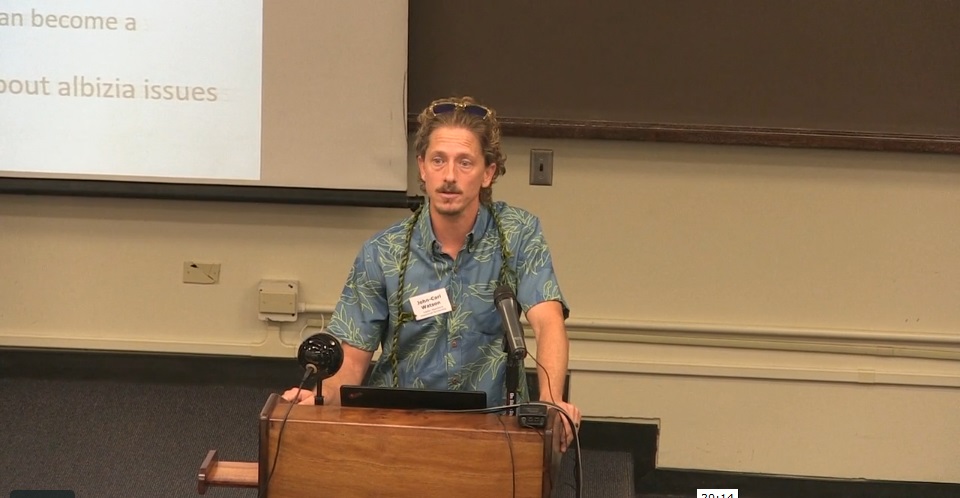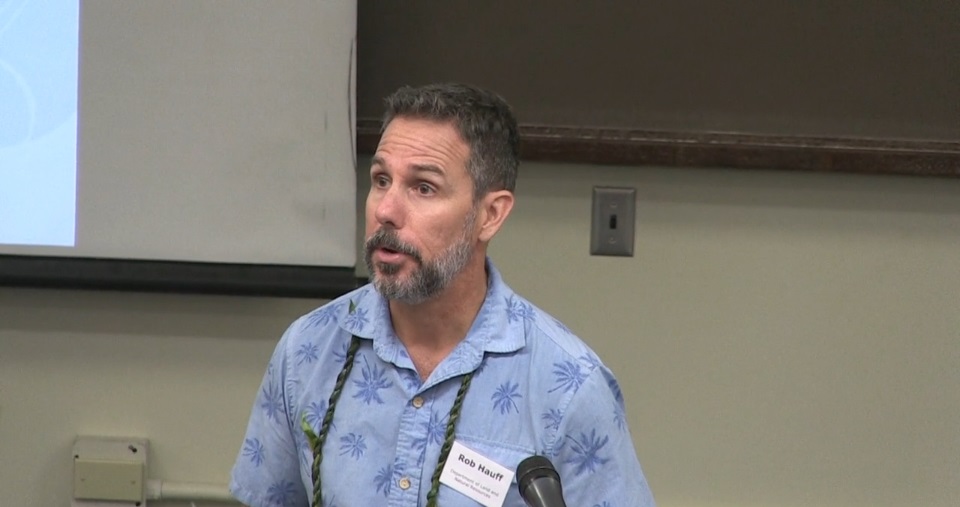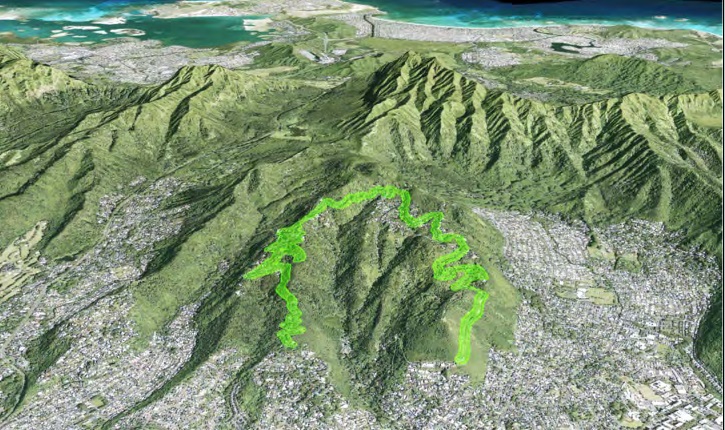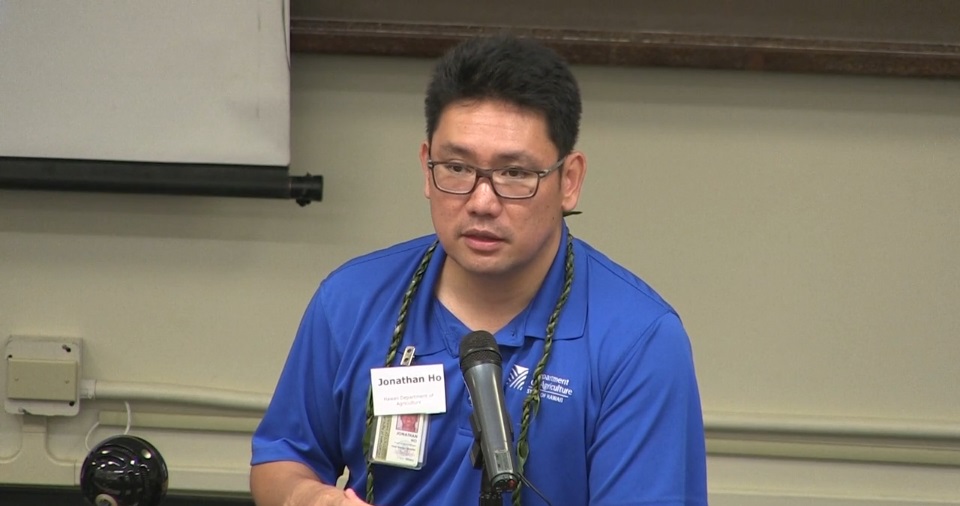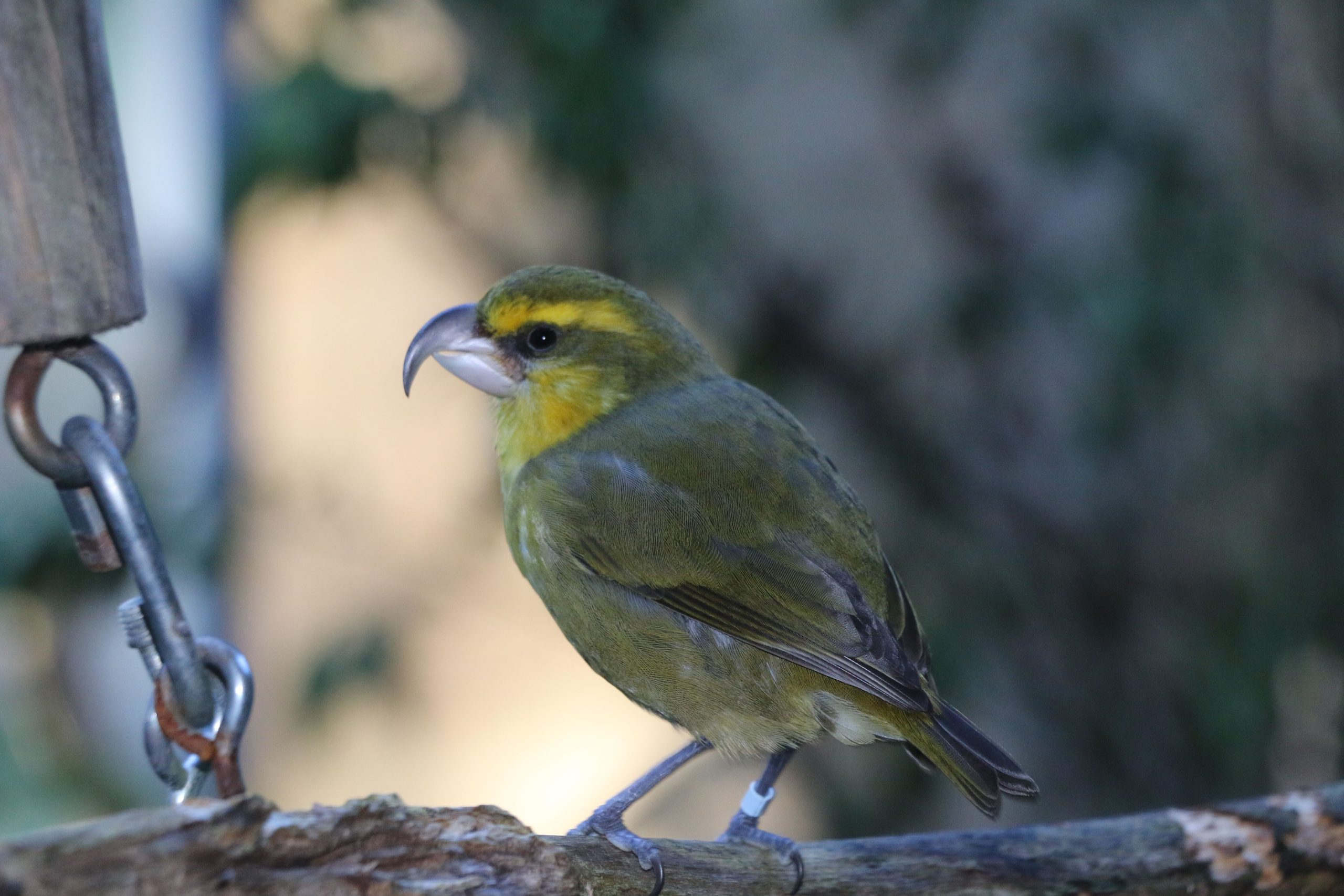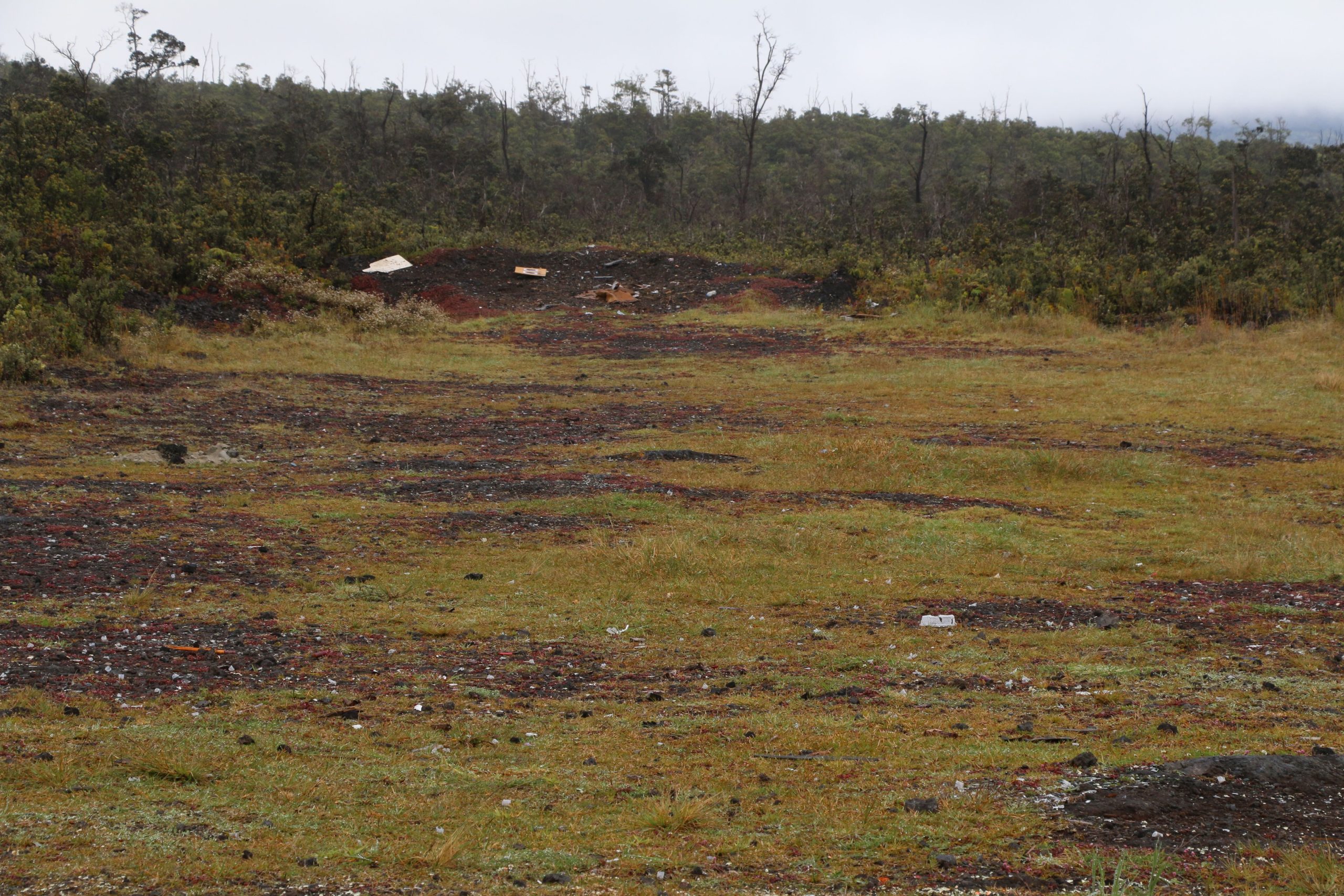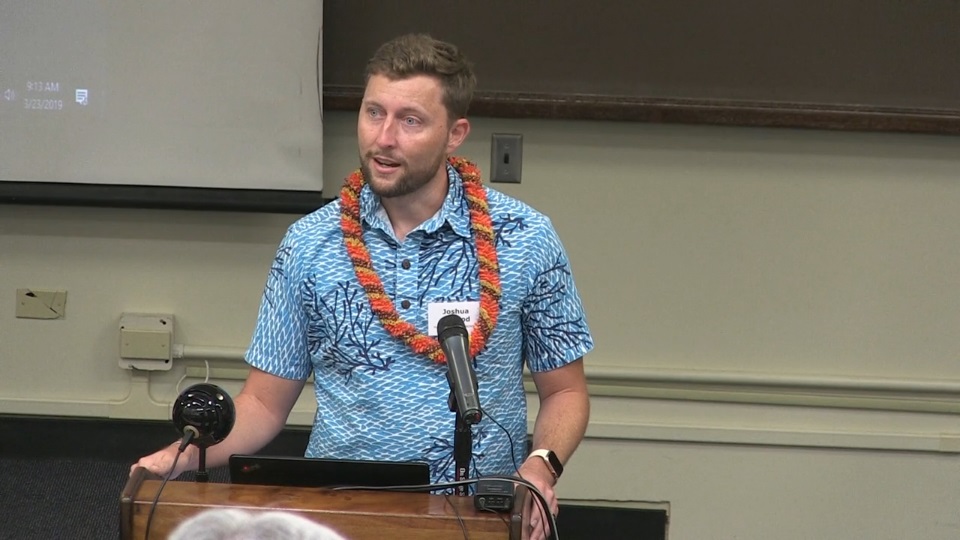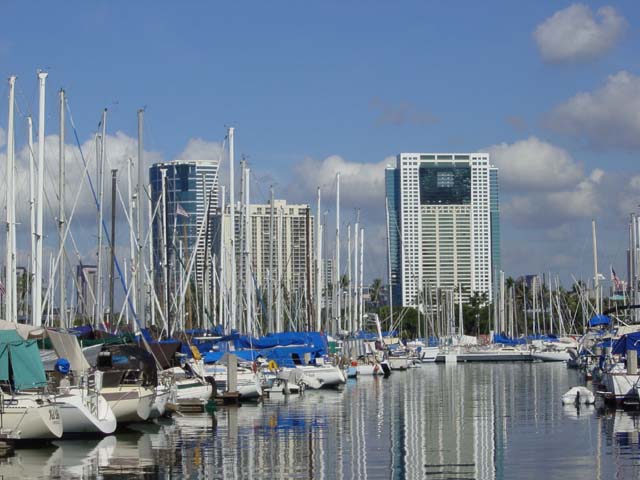In our final video from the Invasive Species & Biosecurity in Hawai’i: New Tools and Opportunities for Public Participation, held at the William S. Richardson School of Law at the University of Hawai’i on March 23, 2019, John-Carl Watson of the Ko‘olau Mountains Watershed Partnership details all the efforts happening around the state to control and combat the invasive Albizia tree.
slider
Our series of video presentations on invasive species and biosecurity continues with Rob Hauff, State Protection Forester with the DLNR Division of Forestry and Wildlife and Ambyr Mokiao-Lee, Statewide Rapid Ohia Death Outreach Specialist, University of Hawaii, discussing the latest on detection and rapid response to any breakouts of this fungal disease which is killing ohia trees on at least two islands. Ambyr reveals the simple steps we can all take to help prevent the spread of the disease.
“Dr. Cynthia King, entomologist with the DLNR Division of Forestry and Wildlife presents the latest research and management issues for controlling mosquitoes in Hawaii. She reveals efforts and techniques being used to combat these pests which are a risk to human healthy and native birds. Her presentation is from the Invasive Species & Biosecurity in Hawai’i: New Tools and Opportunities for Public Participation, held at the William S. Richardson School of Law at the University of Hawai’i on March 23, 2019.
(Honolulu) – The Department of Land and Natural Resources Division of Forestry and Wildlife (DOFAW), in partnership with local planning firm Planning Solutions, Inc. (PSI) has developed a draft Tantalus-Round Top Drive Corridor Management Plan (Draft TRTD-CMP) to preserve the scenic, historic, and natural features of the Tantalus-Round Top Drive area.
“Today Jonathon Ho of the Hawai’i Dept. of Agriculture reveals the latest steps toward electronic manifesting for goods that arrive in Hawai’i by air or sea. He provides the latest updates on improvements and enhancements at state inspection facilities. This presentation is from the Invasive Species & Biosecurity in Hawai’i: New Tools and Opportunities for Public Participation, held at the William S. Richardson School of Law at the University of Hawai’i on March 23, 2019.
(Nakula Natural Area Reserve, Maui) – Considered the most threatened among Maui’s honeycreeper family, there are fewer than 300 Kiwikiu (Maui Parrotbill) left in the wild. With its entire population restricted to high elevation, wet, rain forest on windward Maui, Kiwikiu are highly vulnerable to extinction and establishment of a second population on leeward Haleakala is considered by experts to be essential to Kiwikiu recovery.
(Hilo) -The DLNR Division of Conservation and Resources Enforcement will work on safety improvements at the Mile Marker 16 Shooting Range from Monday April 15 through Thursday April 18, 2019. The shooting range will be closed during these days.
“Today in our continuing series of video presentations on Invasive Species & Biosecurity in Hawai’I, Dr. Joshua Atwood of the Hawai’i Invasive Species Council gives updates on Hawai’i’s Interagency Biosecurity Plan: 2017-2027, A Shared Path Forward. Learn what’s being done to keep invasive species out of Hawaii and the latest efforts to control and combat them.
For the next two weeks, we will be featuring presentations from two recent community forums on invasive species and biosecurity in Hawaii. Today, Scott Glenn, the Director of the Office of Environmental Quality Control provides an introduction and opening remarks at the Invasive Species & Biosecurity in Hawai’i: New Tools and Opportunities for Public Participation, held at the William S. Richardson School of Law at the University of Hawai’i on March 23, 2019.
(Honolulu) – Today legal notices were printed in the Honolulu Star-Advertiser officially announcing a Requests for Proposals (RFP) to seek qualified and interested parties to lease and redevelop four non-contiguous parcels and limited redevelopment of two moles (the extensions of land piers are attached to) of state-owned fast or filled lands within the Ala Wai Small Boat Harbor situated at Waikiki.
